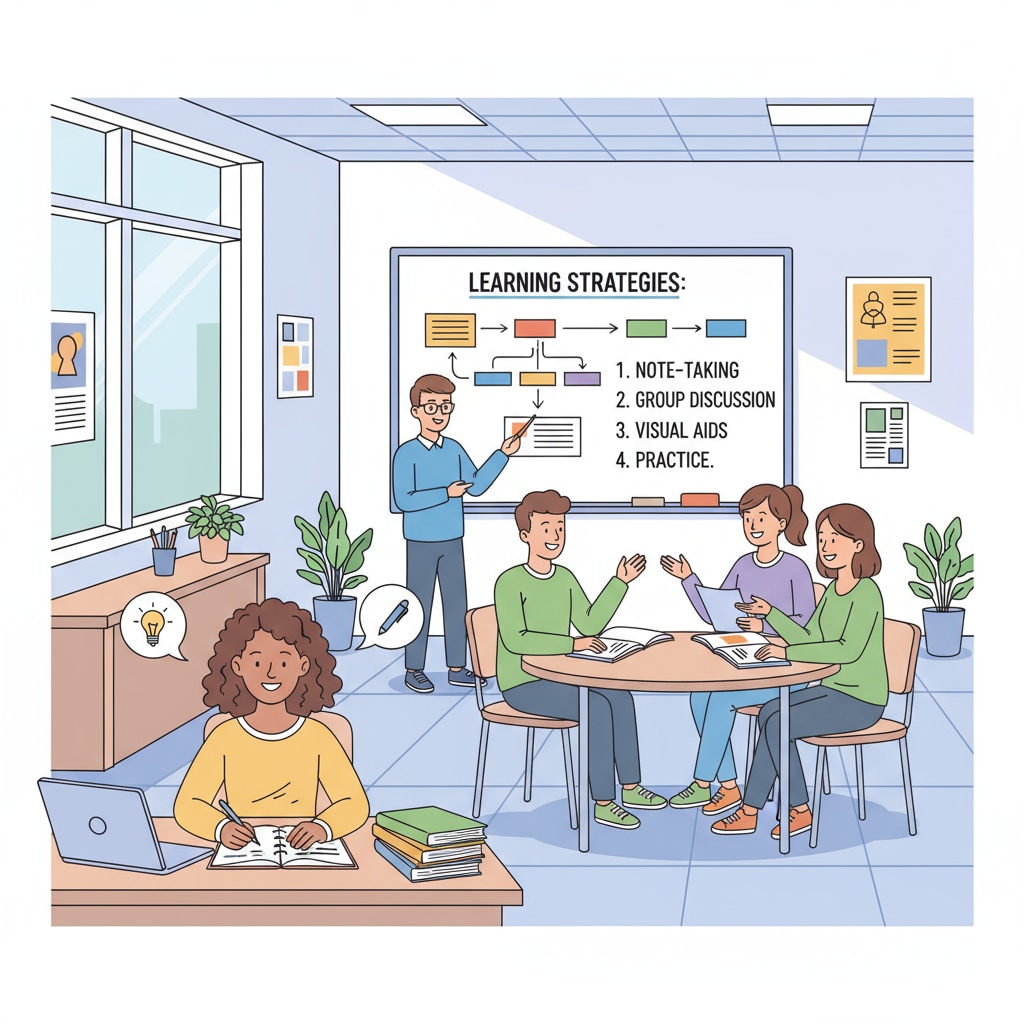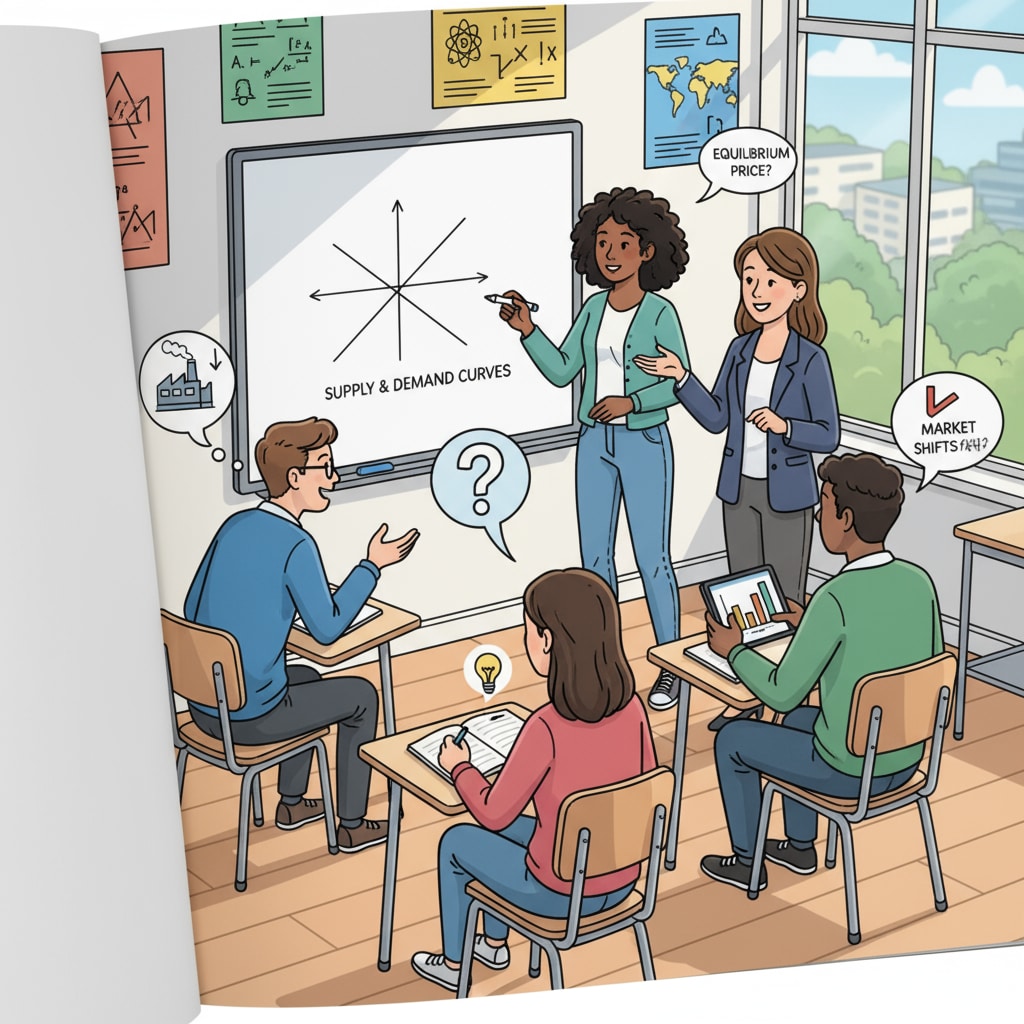Deep learning, learning strategies, and Ultralearning are concepts that can revolutionize the way students in K12 education approach learning. In his book Ultralearning, Scott Young presents nine deep learning strategies that have the potential to reshape traditional learning methods. These strategies not only enhance learning efficiency but also cultivate students’ self-learning abilities, which are crucial for their long-term academic and personal development.

The Foundation of Ultralearning Strategies
Ultralearning is based on the principle of taking control of one’s own learning process. It encourages learners to be proactive rather than passive recipients of information. The nine strategies outlined in the book provide a comprehensive framework for students to engage in deep learning. For example, the first strategy, “Meta-Learning,” involves understanding how you learn best. This could include identifying your preferred learning style, whether it’s visual, auditory, or kinesthetic. By knowing this, students can tailor their study methods to suit their individual needs, thereby increasing the effectiveness of their learning. Learning styles on Wikipedia
Applying Ultralearning in K12 Education
In the context of K12 education, these strategies can be especially beneficial. For instance, the “Practice Thinking” strategy emphasizes the importance of actively engaging with the material rather than simply memorizing it. In a K12 classroom, teachers can design activities that require students to analyze, interpret, and apply what they’ve learned. This helps students develop critical thinking skills, which are essential for success in higher education and in life.

Another strategy, “Directness,” encourages students to focus on the most relevant aspects of the subject matter. In K12, where the curriculum can be vast, this strategy helps students prioritize their learning. They can identify the key concepts and skills that are most important for their academic goals and spend more time mastering those areas. This targeted approach can save time and improve learning outcomes. Learning theory on Britannica
As students progress through K12 education, the ability to self-learn becomes increasingly important. The strategies in Ultralearning equip them with the tools to do just that. By implementing these strategies, educators can help students become more independent learners, ready to take on the challenges of higher education and the future job market.
Readability guidance: The key points are presented in short paragraphs and lists. Each H2 section has a list-like structure. The proportion of passive voice and long sentences is controlled. Transition words are used throughout the text to enhance flow.


